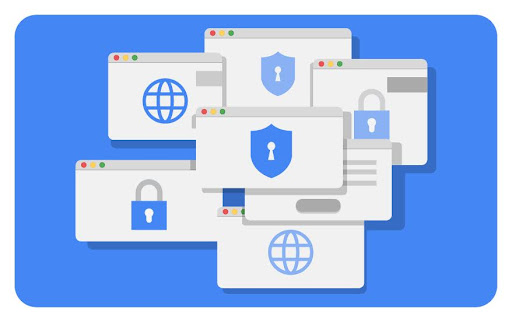
In today’s digital-first world, a company’s website is often the front door to its operations and services. With increasing dependency on online platforms, businesses must pay attention to website security. Cyber attackers continuously target websites to steal data, disrupt operations, or inject malicious content, causing reputational damage and financial losses. This makes robust website security a top priority for businesses of all sizes.
Common Website Vulnerabilities
Websites can be vulnerable to various security threats, each capable of undermining the site’s integrity and its users’ safety. Key vulnerabilities include:
- SQL Injection: Attackers exploit vulnerabilities in data-driven applications. They insert malicious SQL statements into entry fields, allowing access and manipulation of databases.
- Misconfigured Security Settings: Inadequate security configurations can expose websites to attacks, making them accessible to unauthorised users.
- Outdated Plugins and Software: Websites using obsolete plugins, themes, or CMS versions are prone to attacks. These attacks exploit known vulnerabilities no longer supported by updates or patches.
- Cross-Site Scripting (XSS): This occurs when attackers inject malicious scripts into web pages viewed by others. It can lead to stolen cookies, session tokens, or other sensitive information meant to remain secure.
The Role of VAPT in Website Security
Vulnerability Assessment and Penetration Testing (VAPT) are critical in enhancing website security:
- Identifying Weak Points: VAPT pinpoints specific areas where a website’s security may fail. It includes risky user inputs that are susceptible to SQL injection or XSS.
- Testing Defences: Penetration testing simulates cyber-attacks on the website to evaluate the effectiveness of current security measures and identify areas for improvement.
- Continuous Security Enhancement: Regular VAPT assessments ensure ongoing security updates and adjustments that keep pace with evolving cyber threats.
Website Security Checklist
Maintaining website security is an ongoing process. Here is a checklist to ensure your website remains secure:
- Regular VAPT: Schedule periodic vulnerability assessments and penetration tests to identify and mitigate potential security threats.
- Update Regularly: To protect against known vulnerabilities, keep all software, plugins, and themes updated to the latest versions.
- Implement Strong Access Controls: Use strong, complex passwords and multi-factor authentication to enhance the security of user accounts and admin panel security.
- Use HTTPS: Secure your website with HTTPS to encrypt all communications between your website and its users.
- Harden Website: Incorporate industry best practices to fortify your website’s security from the ground level, ensuring robust protection against potential threats and attacks.
- Backup Frequently: Regular backups can help restore your website quickly in case of a cyber-attack or data loss incident.
- Educate Your Team: Conduct regular security awareness training to help your team recognise and respond to security threats effectively.
Conclusion
Website security is critical for safeguarding data, ensuring customer trust, and maintaining a business’s online presence. Regular VAPT is indispensable in a comprehensive website security strategy. It helps companies detect vulnerabilities early and fortify their digital platforms against potential attacks.
Sentry Cyber commits to helping you secure your website. We design our VAPT for Websites solutions to provide thorough assessments and actionable insights, enabling you to address security weaknesses before malicious actors can exploit them.
Contact us today to learn how our dedicated team can help you enhance your website’s security and protect your digital assets against evolving cyber threats
